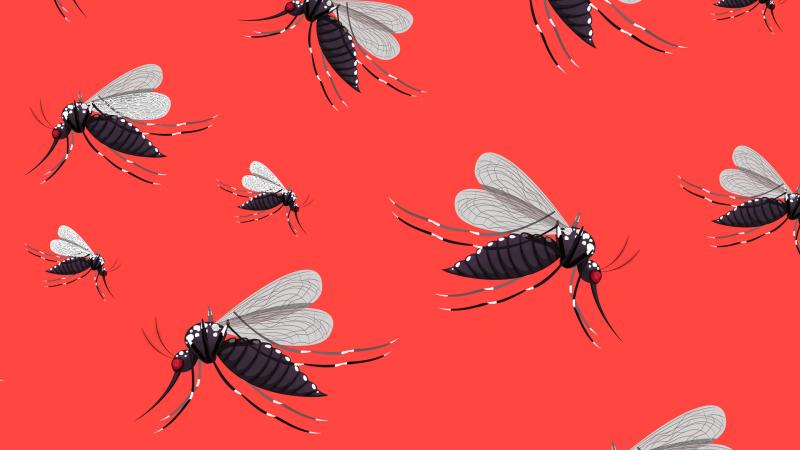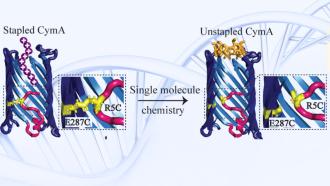
Chikungunya fever is a major public health issue that infects many during the monsoon season. The most recent outbreak in India was in 2016, and in the last three years, the number of chikungunya cases in India has increased by a whopping 390 per cent. Caused by a mosquito-borne virus, there are no vaccines or specific treatments for this disease at the moment. Now, researchers at the Indian Institute of Technology Mandi have been studying regions of the Chikungunya virus proteome—the entire set of proteins that can be expressed by an organism—in the hopes of designing a vaccine or a drug against it.
‘Chikungunya’ is a Makonde (a Tanzanian ethnic tribe) word which means ‘the one which bends up’. The symptoms of the disease include fever and severe joint pains. While the illness usually lasts for about five to seven days, in some cases, the patient may continue to suffer from severe joint pains for up to a month, giving the disease its name. The chikungunya virus is small and spherical and is transmitted by the Aedes aegypti and Aedes albopictus mosquitoes.
In a study published in the journal Nature, the researchers looked at how often intrinsically disordered proteins (IDPs) and their regions (IDPRs) were found in the Chikungunya virus proteome. These proteins are a part of the ‘Dark Proteome’ about which not much is known. Scientists believe that they are either a set of many peptide segments or a whole protein that doesn’t have a unique three-dimensional structure within a cell but performs many biological functions, like cell cycle regulation, controlling signal pathways and the maintenance of viral proteomes.
“We have analysed the abundance and functionality of IDPs/IDPRs in the Chikungunya virus proteins that are involved in the replication and maturation of the virus. It is likely that these IDPs/IDPRs can serve as novel targets for disorder based drug design”, says the researchers on the goal of their study.
Since some proteins in the Chikungunya virus are a part of the Dark Proteome, which does not have a three-dimensional structure, they can’t be studied using conventional methods like X-Ray crystallography (bouncing x-rays off the crystalline structure to determine its shape) or using an electron microscope. Instead, the researchers used the polypeptide sequence from an African strain of the Chikungunya virus to find disordered proteins that make up the dark proteome. They studied this strain because it is the most viral Chikungunya strain.
Intrinsically disordered proteins are hydrophilic and are more attracted to water than proteins that have a defined three-dimensional structure—a likely reason why they are disordered. They are promiscuous binders and can be involved in numerous interactions with many partners. They act as an essential hub in protein-to-protein interaction networks that can regulate multiple signalling pathways at a time. These disordered regions represent new and attractive targets for drug design.
“Several reports suggested that IDPs/IDPRs play a central role in various molecular recognition events and protein-protein interaction networks. Some IDPs/IDPRs can undergo at least partial disorder-to-order transitions, and form a specific three-dimensional structure when they get involved in interactions with specific binding partners that are needed for recognition, signalling, control, and regulation”, explain the researchers. The specific binding property of the Dark Proteome is so exciting because the unique structure that is formed can be used as a target site for a new Chikungunya drug.
The study found that the outer covering of the virus, called the capsid protein, is entirely disordered. Changes in two proteins, E1 and E2, of the dark proteome that were caused by mutations has helped the virus to propagate much better in the Aedes aegypti and Aedes albopictus mosquitoes. Since the role of IDPRs is well understood in the regulation of the life cycle of viruses, research has moved towards the development of disorder-protein based drug discovery strategies.
The study suggests that intrinsically disordered protein regions play an essential role in the flexibility of the proteome structure and the diversity of its functions. “The disordered side of the proteome may provide a new angle to study pathogenic characteristics and to understand the virus-host interaction mechanism”, remark the authors of the study.






